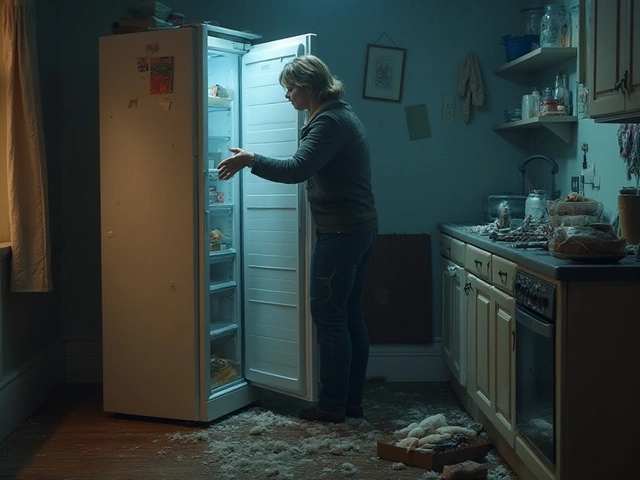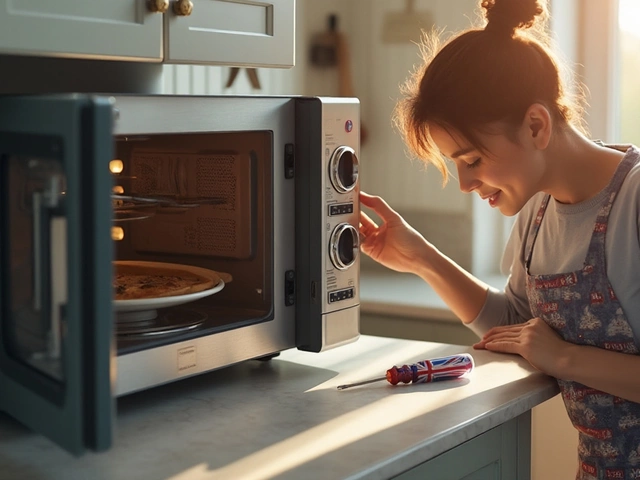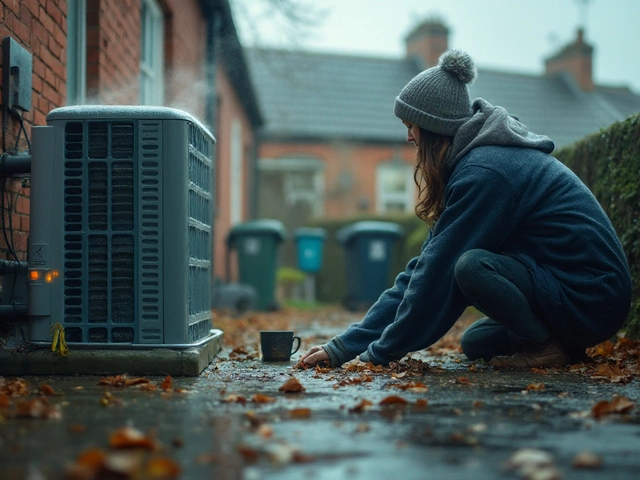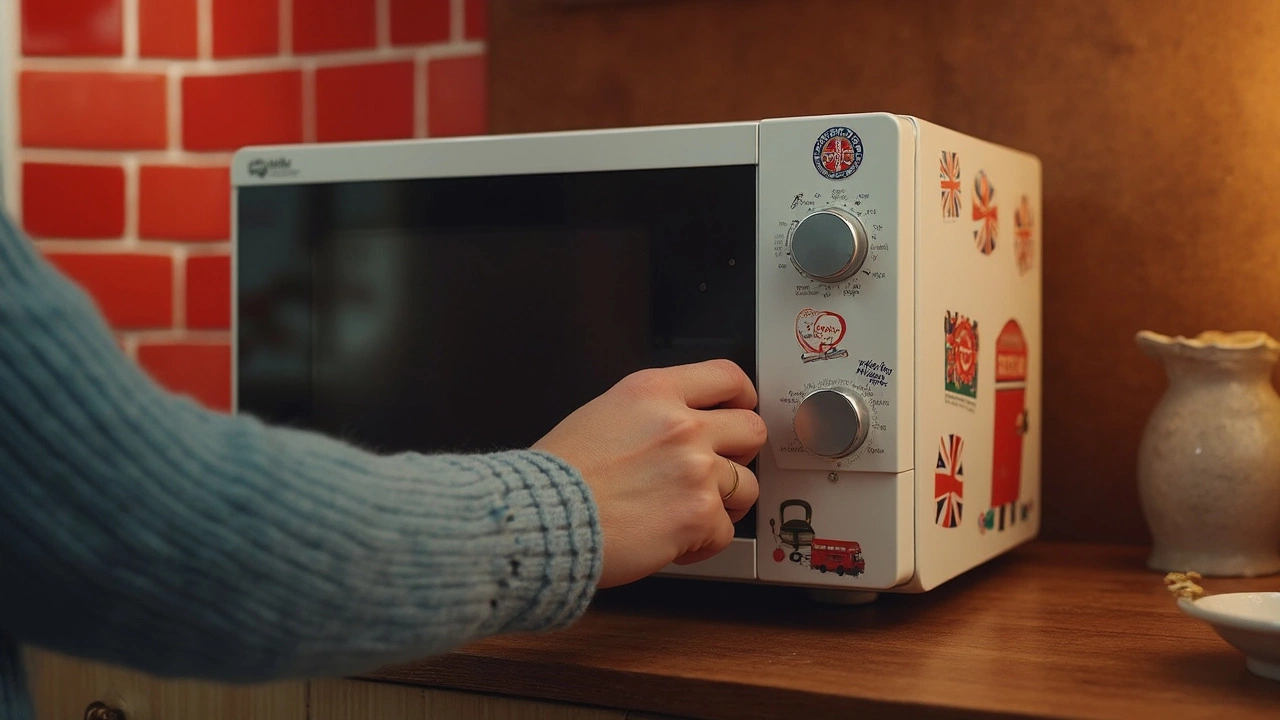Microwave Failure – What to Do When Your Microwave Stops Working
If your microwave suddenly stops heating, makes weird noises, or won’t turn on, you’re probably wondering if you can fix it yourself. The good news is many issues are simple and cheap to solve. The bad news is some problems need a qualified technician. Below you’ll find the most common microwave failures, step‑by‑step checks you can do at home, and clear signs when it’s time to call in the experts.
Quick Checks Before You Call a Repair Service
First, make sure the microwave is actually getting power. Unplug it, wait a few seconds, then plug it back in. If the display is still dark, try another outlet or check the circuit breaker. A tripped breaker or blown fuse is often the culprit.
Next, look at the door latch. Microwaves have safety switches that stop the magnetron from running if the door isn’t sealed properly. Open and close the door a few times and listen for a click. If the door doesn’t latch firmly, the switch may be worn out.
Sometimes the problem is as simple as a blown fuse inside the unit. Most microwaves have a fuse near the power cord entry. If you’re comfortable removing the back panel, locate the fuse (it looks like a thin glass tube), pull it out, and check if the metal thread is broken. Replace it with a fuse of the same rating and test the microwave again.
Common Failure Types and How to Diagnose Them
Microwave Won’t Heat – The magnetron is the part that generates microwaves. If the unit turns on but nothing heats, the magnetron may have burned out. This part is expensive, so many people choose to replace the whole microwave instead of fixing it.
Turntable Doesn’t Spin – Check the turntable motor and the plastic coupler that connects it to the drive shaft. Food crumbs can jam the motor, so clean out any debris. If the motor feels loose or makes grinding noises, it likely needs replacement.
Strange Smells or Sparks – Sparks usually mean there’s metal inside the cooking cavity or a damaged waveguide cover. Never put foil, metal pans, or twist‑ties in the microwave. If the waveguide cover is cracked, it should be swapped out; otherwise you risk a fire.
Display or Button Problems – Moisture can get into the control board and cause erratic behavior. Let the microwave sit unplugged for an hour to dry out any condensation. If the problem persists, the control board may need professional repair.
When you’ve run through these checks and the microwave still misbehaves, it’s wise to contact a local repair service. They have the tools to test the high‑voltage components safely.
Remember, microwaves contain a high‑voltage capacitor that can store a charge even after unplugging. If you’re not 100% sure about any step, stop and call a professional. Safety first keeps your kitchen safe and your wallet intact.
In Rugby and the surrounding area, our team at Rugby Appliance Repair Services can diagnose any microwave failure on the same day. We’ll let you know the exact problem, give a clear cost estimate, and fix it fast. Give us a call if the quick DIY steps don’t get your microwave back in action.






